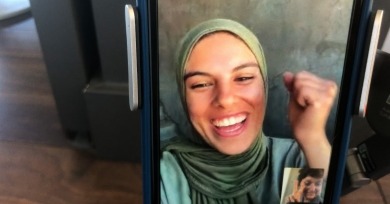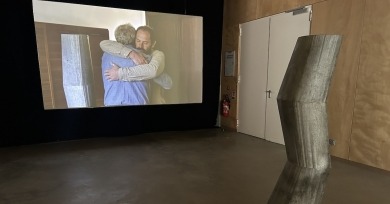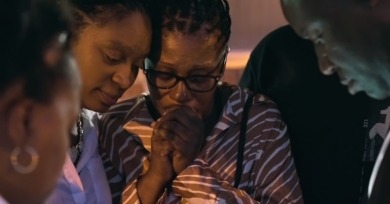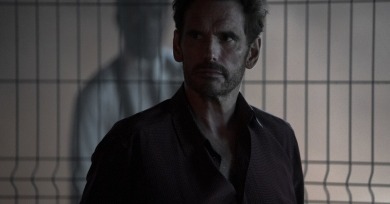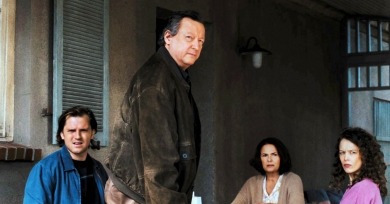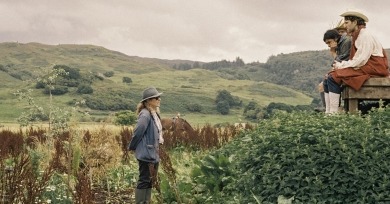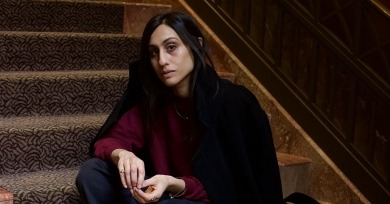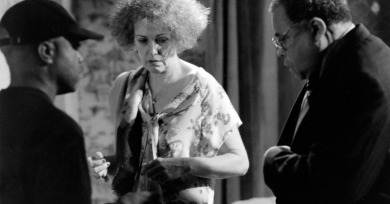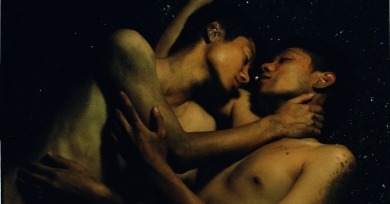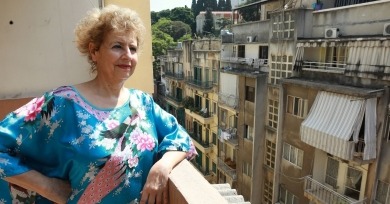Interviews
I realized that we Black people really have never had our CNN or our New York Times, but we are remarkably well-informed. Even a lot of the uneducated class of folks are remarkably well-informed. I had to ask myself: How is that? Why is that? How are we getting this information?
While we were conversing, I think it was important to give her all my ears and my being, myself, to listen to her. This was really key because we differed in our points of view about certain things. Quite a few things, I would say: the role of women in life, tradition, faith.
The further one delves into Creton and Barré’s catalogue, the more the films begin to feel like pieces of an indivisible whole, one that encompasses the entirety of their personal and professional lives.
Once we committed to the body camera footage, we were determined to live in it. We wanted to build and recreate the world that this community existed in, which you couldn't do otherwise. So, it was challenging at times, and there were moments I doubted it.
Alboury will not come inside, and he will not go home, either; the more the two men try to feel each other out, the less likely it becomes that one or the other is going to budge. This is a compelling setup, sociologically and emotionally loaded.
In the last two or three years, I have had the feeling that the people who live around me in Germany don't believe in the future. They’ve started to build up caves for themselves, where they want to survive. This feeling, that one’s story is a story of survival, is new for me.
One takeaway I hope people get from the movie is that through all of this rot and through everything, there are things that are worth paying attention to, and they're happening all around you. And I think it's really just a matter of shifting your focus, of looking for smaller things.
It was a physically demanding film, for the crew and the cast, because of weather and the terrain and time limitations. It is not exactly improvisational, but once we start—and because we keep shooting the scenes over and over again without stopping—it evolves. And then in the editing, another being comes alive.
There’s a delicious spaciousness to the first film by writer Durga Chew-Bose, which has all the sybaritic trimmings of a coastal summer: sun-dappled skin, chalky beach expanses, fresh fruit on the veranda, a perpetual breeze...
The fugitive joys of the characters in Killer of Sheep emanate, as they so often do, from the collision of art and the body. A dancing woman clings to her lover’s chest, and a boy leaps between building tops. A voice within me cries: ascendence remains not only plausible, but essential.
I had the image of these two coal miners in the dark kissing. I think this is because I am always interested in the spirituality of Earth, of the depth of Earth. There is something very spiritual in that. And this film is about home and leaving home.
Despite its anxious and melancholic air, When the Phone Rang also captures the golden haze of youth, with its moments of whimsy and wonder . . . not even a raging war can compare, at times, to the monumental mortification of pubescence.
While working as both a journalist and film critic, she became interested in Third World cinema and the role of Arab women in revolutions. Throughout her career, Srour has used cinema as a tool to explore themes of resistance and liberation for women across the Middle East.
Lesage is not looking for easy answers in his work, and he is adamantly opposed to telling his audience who to root for. While his films are darkly funny, they are also the inheritors of a more serious European existential and Freudian tradition.

